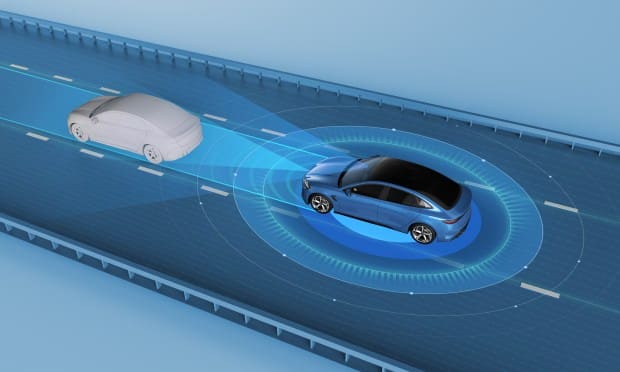The automotive industry has made huge strides in recent years when it comes to safety. However, more work needs to be done.
By Vanesh Naidoo, Founder and Director, Safe Cams
As we move into 2024, road safety is emerging as one of the most pressing safety concerns facing India
Advanced Driver Assistance Systems (ADAS):
- Adaptive Cruise Control (ACC
): Alters the car ’s speed on the basis of how close it is to the vehicle in front. This allows the driver to have a smooth driving experience and reduces the chances of having a collision.
- Forward Collision Warning (FCW): Another safety feature in vehicles that alerts the driver when their car is getting too close to any vehicle in front of it. The warning system can be made up of sensors and cameras and helps prevent collisions between vehicles. This technology
also ensures safety of the vehicle and the driver by maintaining proper distance between vehicles which eventually reduces the chances of accidents.

- Lane Departure Warning (LDW): an alert that warns the driver if their vehicle unintentionally drifts out of its lane. It uses forward-facing AI cameras to monitor lane markings and if the vehicle crosses over these markings, will raise an alert.
- Pedestrian Detection System (PDS
): vehicles equipped with cameras or sensors can recognize pedestrians on the road or on the nearby walkways, warning the driver of possible collisions with them.
- Head-Up Display (HUD): The HUD visually shows critical information onto vehicles windscreen. It eliminates the need to look at various panels and buttons inside the vehicle, thereby allowing the driver to concentrate on the road ahead.
Driver Monitoring System (DMS):
DMS uses AI Camera Vision technology to track and monitor a driver’s behavior, resulting in increased discipline and proactive safety measures.
- Fatigue Detection: monitors a drivers face and if it finds signs of fatigue like yawning, eyes closing or the drooping of the driver’s head, it will give an audible warning to wake up the driver. Fatigue driving is one of the largest causes of accidents on our road, so to be able to detect and warn a driver when he is feeling fatigue will prevent these accidents from occurring.
- Real-time Detection: The AI system can also recognize and alert the driver against the use of a cell phone, not wearing a seat belt or if they are not paying attention to the road ahead (distracted). This in turn is aimed at mitigating and correcting actions that can lead to an accident.
- Speed Detection from GPS: Geofencing Mobile Services (GMS) alerts drivers if they are over speeding via GPS technology. This technology monitors the vehicles speed and warns the driver if he is not adhering to the recommended speed limits.
Intelligent Traffic Management System:
The integration of smart city infrastructure and AI in the Intelligent Traffic Management System has revolutionized traffic control and accident prevention.
- Real-time Monitoring: Real-time tracking allows instantaneous responses to traffic accidents, contributing to the prevention of injuries through swift intervention.
- Adaptive Traffic Signal Control: AI-driven adaptive traffic signal control optimizes traffic flow, mitigating congestion, and enhancing overall road protection.
Advanced Road Surface Monitoring:
Cameras tracking road conditions have proved instrumental in preventing accidents resulting from poor road surfaces.
- Hazard Detection: By detecting poor road conditions like potholes, slippery surfaces and damaged safety barriers, advanced road monitoring and alerting will enable the responsible road maintenance departments to identify and repair road hazard quickly and efficiently, thereby reducing potential accidents.
In conclusion, the integration of these advanced technologies will create a more secure road environment. From preventing collisions through ADAS, to making sure drivers are attentive while driving with DMS and optimizing traffic flow through intelligent traffic management. These tech advancements are pivotal in securing roads and fostering a culture of responsible driving. As we embrace these advancements, the journey toward complete road safety continues, making our roads safer for everyone.
(Disclaimer: Views expressed by the author do not reflect the publication’s opinions or beliefs.)











